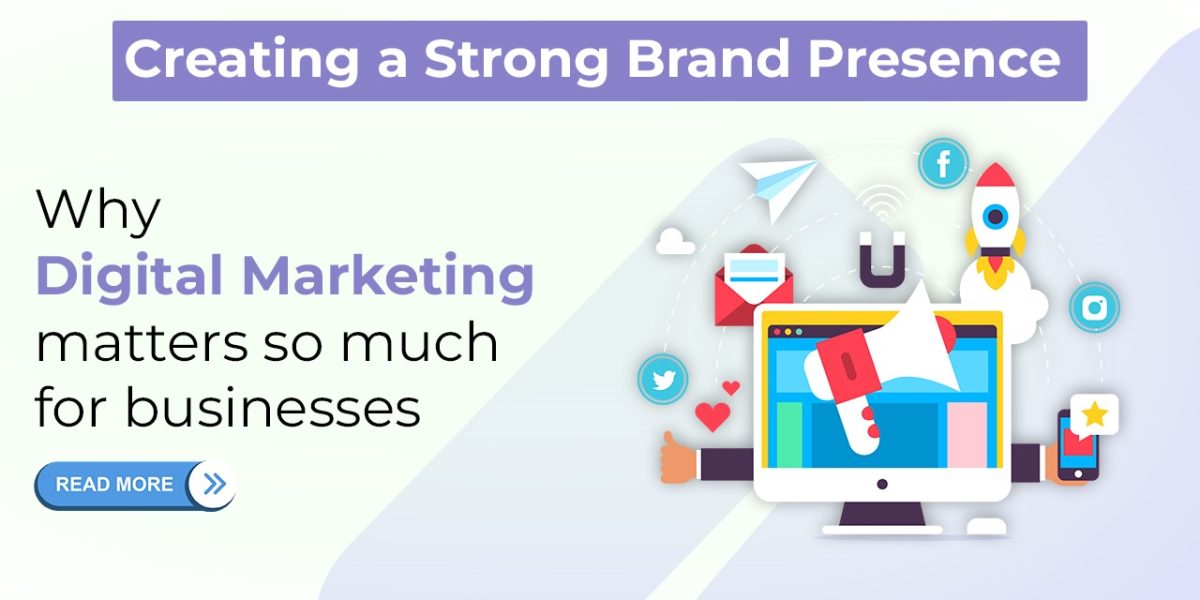Omnichannel marketing means using all the possible channels to reach out to the customers using both online as well as offline mode. Online marketing includes social media platforms such as Facebook, Instagram, Twitter, and emails, while all the physical stores come under the offline channel.
The main aim of the Omnichannel is to provide a similar type of experience at all the levels. Understanding the customer’s behaviour and planning accordingly and interacting with customers on a personal level. Personalize all the messages to the customers according to their preference and choices. All these efforts make the customer and buyer relationship more engaging.
The advancement in technology is both bliss and misery. Now, there is more information available than before and buyers are more aware of what they are buying. The options for buying a single are unlimited. One can buy from different websites as well as from a physical store. With more brands coming in the market, the need to stand out from others is important. Having said that understanding buyers behaviour is easier than before. There are various data available for one to understand the buying pattern, likes and dislikes of something. Nowadays it is easier to conduct a survey through different means and understand the mindset of the buyer.
Omnichannel vs Multichannel
To understand what Omnichannel is one must first understand about multichannel. The concept of multichannel involves interaction with the customers using a combination of both direct and indirect channels. The major difference is the limited use of the channels. The multi-channel covers channels such as retail stores, website, and mail which is more of the traditional ways of marketing as compared to Omnichannel marketing. The multi-channel uses more of the traditional ways of marketing as compared to Omnichannel marketing. The major drawback in case of a multi-channel is the use of the same method for all the channel which makes it less result oriented.
To apply Omnichannel one must understand the consumer behaviour first. Understanding a consumer’s behaviour involves studying the buying pattern of the buyers, understand the market, preference of the buyer, and choices of the buyer. Once the study is complete, you apply it to understand consumer behaviour and optimize production. In the case of Omnichannel marketing, it involves more of a personal touch as all the messages are personalized according to the buyer’s understanding and needs.
Why Omnichannel is more popular than multichannel?
Those who use more than one channel to do marketing has a better chance than who use a single channel or limited channel for marketing. For better understanding, let us take an example, Brand A uses Facebook, Twitter, Instagram and other social platforms to market products rather than sticking to one particular channel. On the other hand, Brand Buses web site and email to market their products. Using email and web site, they send some generic message to all their customers. On the other hand, brand A sends messages with a mindset to interact and bind with their customers. Naturally, the reach of brand A will be more than brand B, as the number of channels used by them is less. Same while promoting a product, the engagement ratio of brand A will be more than brand B as brand A uses more personalize the type of messages than brand B.
Challenges of Omnichannel marketing
The major challenge which one faces during Omnichannel marketing is that there is no set pattern or formula. Everyone has their own way of interaction with the customers. Understanding the customer’s behaviour is not a cake walk. Even with a lot of data available, no one guarantees that it will work as planned. In short, this makes Omnichannel a vague term but with more and more trial and errors, one can hit the sweet spot and understand the technique to get it right.
Understanding the customer’s demand
To understand and get the ground level experience, you need to be the customer first. Being the customer means, going through the same experience which is faced by the customer. For example, if you have a website as well as a mobile app, both should be designed in such a way that gives the user a similar experience. There should be a standard procedure for all the platforms. It will give you the buyer’s perspective and understand them from the buyer’s point of view.
Understanding the trends
To stay relevant in the market, you need to change with the current time and trends. One must not be too rigid with their plans and strategies. Following a set pattern cause problems as it will not allow you to work as per the trend. As a result, one might have to deal with losses.
The future is here, according to the trend in the current market situation, AI is the most popular amongst all. It is humanly impossible to attend the customers 24×7. Chatbots are nowadays very common and engage the customers at any time of the day. Same with auto-generated reports which are very user-friendly and helps the customers big time.
Some of the facts
ComScore says that by 2020, 50 per cent of all searches will be voice searches. Apple’s Siri, Microsoft’s Cortana and Amazon’s Alexa some of the example present.




